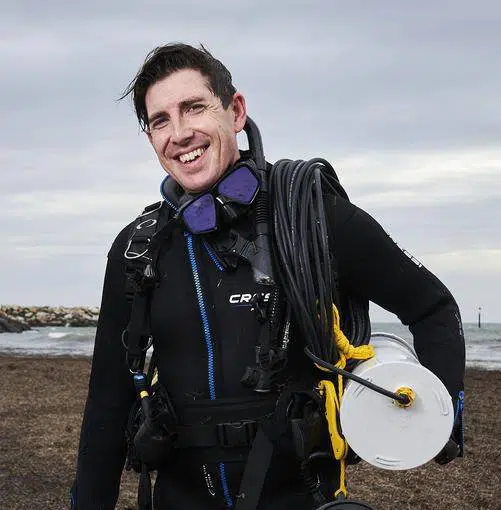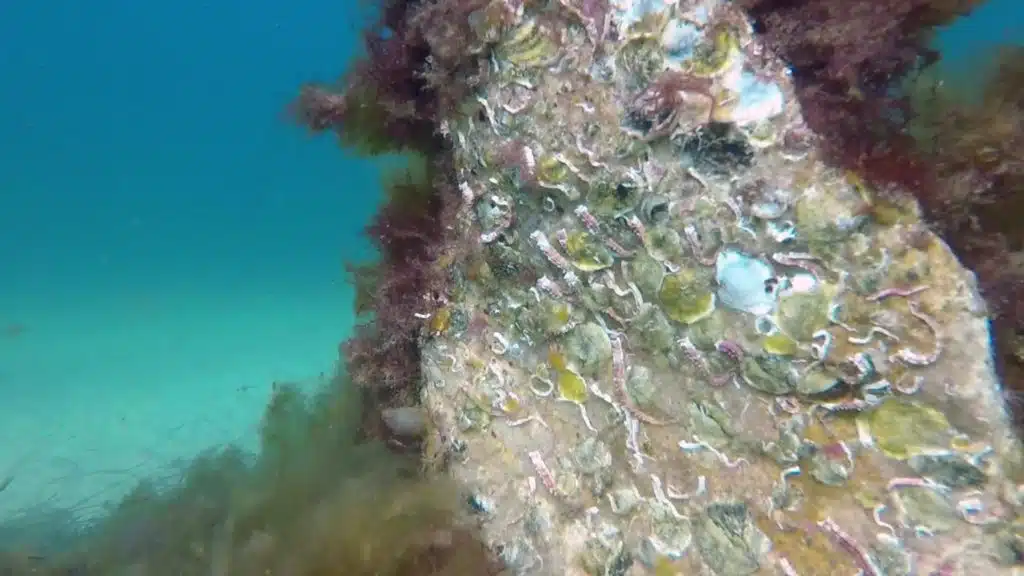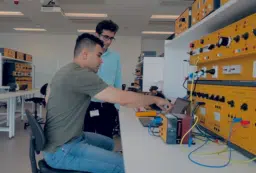Reef restoration project uses noise to attract new residents

University of Adelaide researchers are trialling an exciting new approach for accelerating the restoration of native oyster reefs – marine soundscape manipulation.
Oysters once formed enormous reefs over thousands of kilometres of Australian coastline, and restoring them will improve coastal health and productivity. The challenge in doing so, however, is attracting oyster larvae to arrive at restoration sites and persuading them to settle.
The university’s Dominic McAfee has found that the most efficient way to do this is by using sound. He and colleague Professor Sean Connell are using noises pumped through underwater speakers to lure free-swimming infant oysters toward two of Australia’s largest reef restorations – the 20 ha Windara Reef, and the 5 ha Glenelg Reef in South Australia.
“We’re using the sounds of a healthy marine habitat,” McAfee explains.
“Like many baby marine animals, oysters use sound as an environmental cue to find where might be a good place to live.”
It’s early days yet, but thus far the audio approach seems to be working. The researchers report that the technique has quadrupled the number of baby oysters arriving at the test site.
“The sound helps because it travels well through the water,” McAfee adds. “That means it attracts oysters from a long way away and really turbo-boosts the recovery of these reefs.”





 Fresh Science is on hold for 2022. We will be back in 2023.
Fresh Science is on hold for 2022. We will be back in 2023.